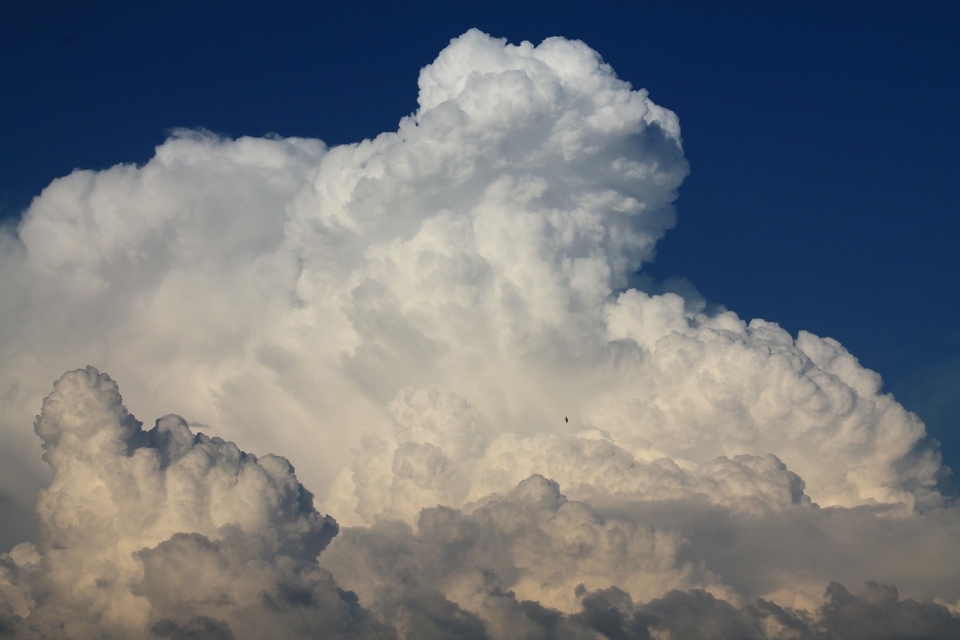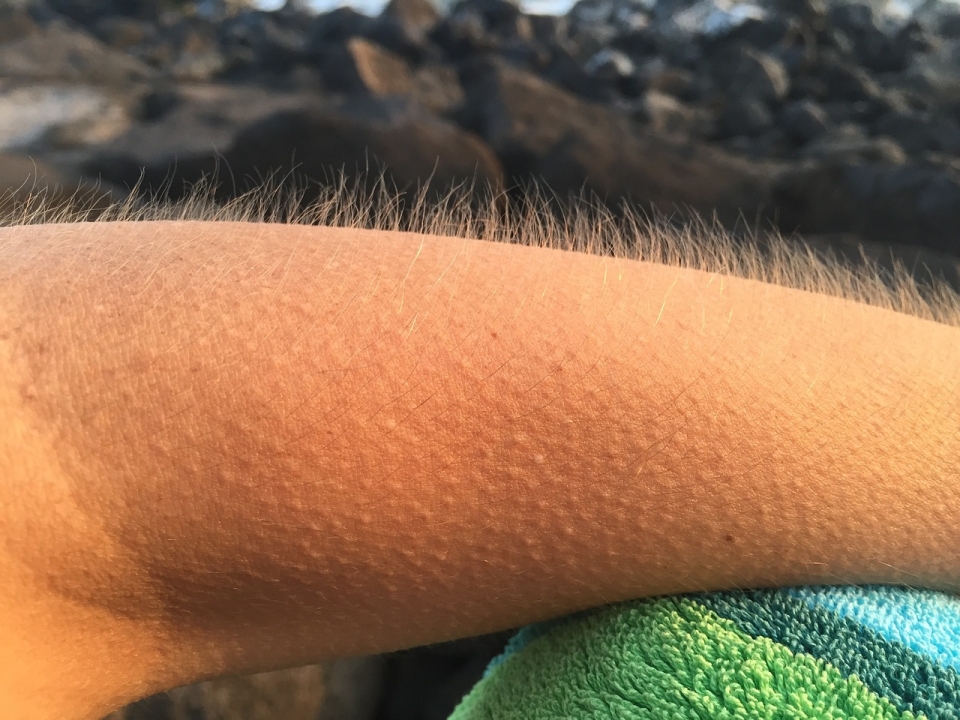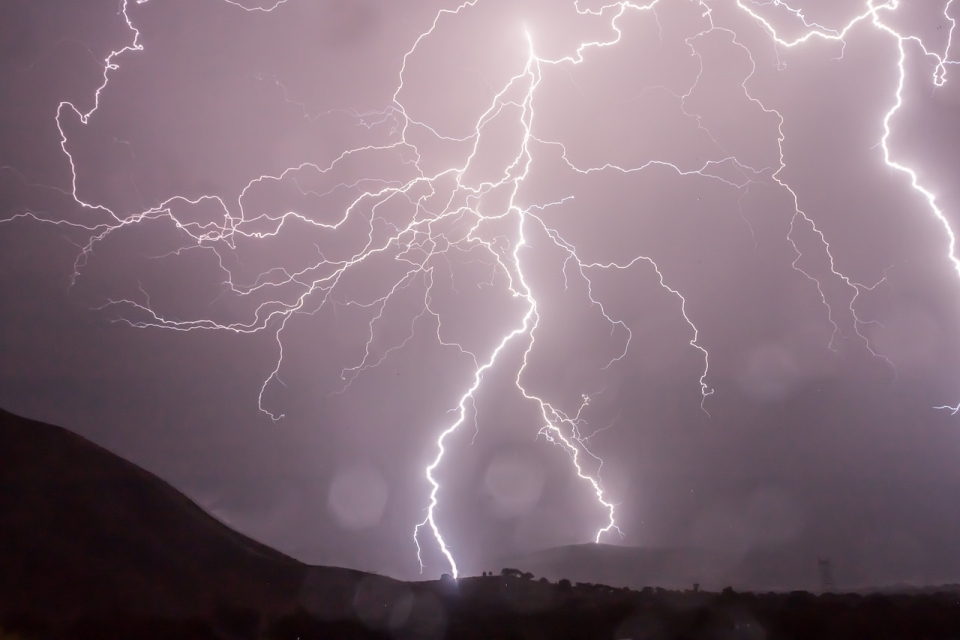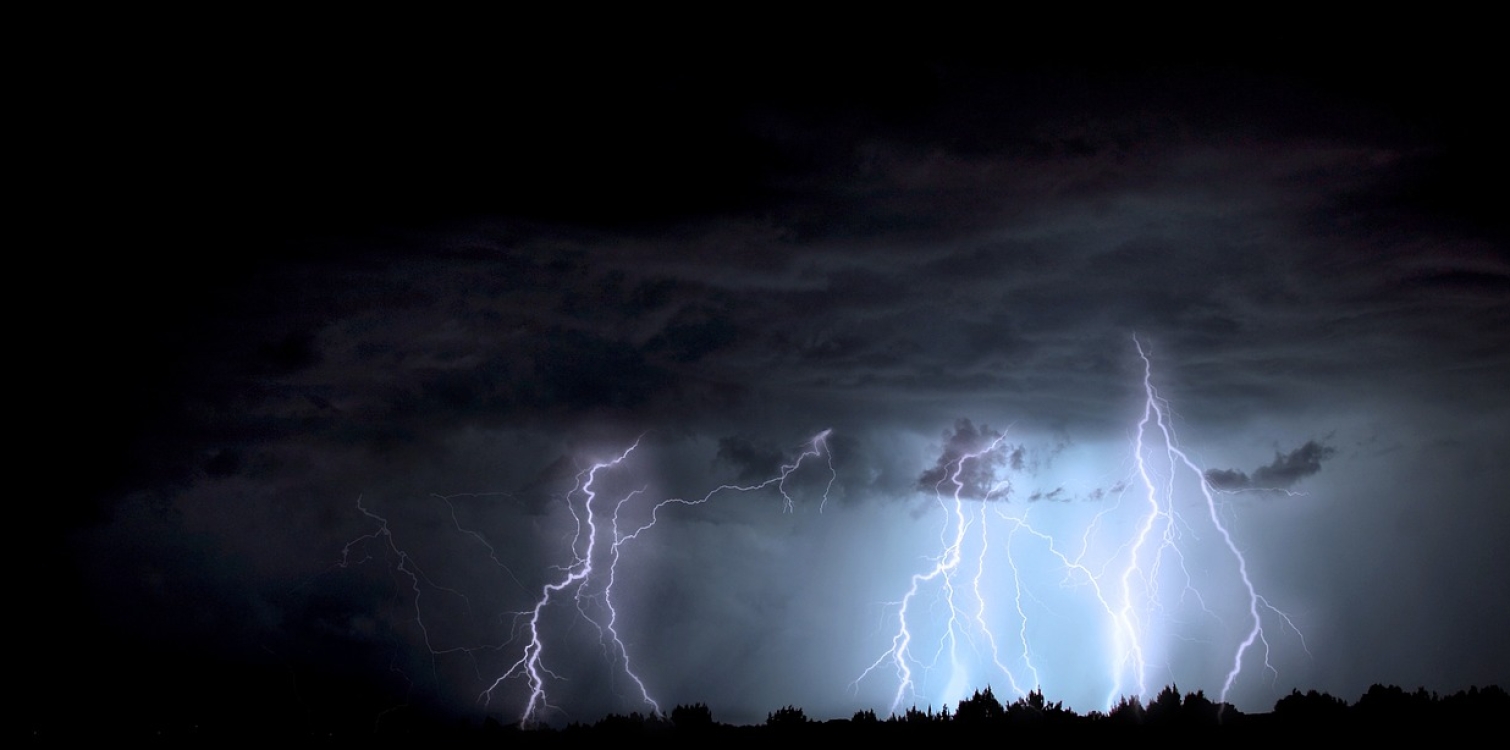Lightning is a hazard during outdoor activities, especially for mountain climbers and hikers.
To be on the safe side, here are some tips:
- Know and, of course, follow the current weather forecast before each tour.
- Lightning storms occur in the mountains, especially in the summer months, in the late afternoon and evening.
- Lightning can travel for many kilometres before the storm and can also occur in places with clear skies.
- The best shelter during a lightning storm in the mountains is in a hut or bivouac, away from open doors or windows.
- It is particularly dangerous to watch the storm leaning on an open window or standing by an open door.
- Tents offer no protection against lightning, and metal poles can even act as lightning conductors


Source: Pixabay
- The most dangerous periods are the beginning and the end of a storm. It is important to observe the "30-30" rule, which warns that there is a possibility of lightning when the interval between the flash seen and the thunder heard is less than 30 seconds (the time from the flash to the thunder). However, you should not continue your tour until 30 minutes have elapsed since you saw the last flash and heard the last thunder.
- Tents offer no protection against lightning, and metal poles can even act as lightning conductors.
- Large caves and deep valleys offer protection, but small caves, overhangs and stream beds are even more dangerous than open areas.
- If we are caught in a storm in the mountains, avoid ridges and peaks, isolated trees, power lines and cable cars.
- To avoid the risk of ground currents, a distance of at least 1 metre from the wall is recommended.
- A forest area with small trees is safer than an open area.
- In the open, it is best to squat with knees and feet together and to keep contact with the ground as small as possible to reduce the chance of injury from ground currents. Sitting on a dry rucksack or rope can also reduce the chance of being affected by ground currents. But do not lie on the ground!
- Metal does not attract electricity, but it is a good conductor. Any conductor worn above shoulder height significantly increases the chance of a direct lightning strike. Skis, ski poles or other metal poles, ice axes, or antennas on a backpack can act as lightning conductors.


Source: Pixabay
- Lightning strike currents can follow ropes, especially if they are wet. To prevent injury, helmets should not be removed and mountaineers should be protected or clipped to a safety rope at all times, especially when descending a rope.
- Anyone who feels a tingling sensation on their skin or feels that their hair is standing upright should immediately squat with their feet together. A crackling or visible glowing ("Eli's fire") also indicates the possibility of imminent lightning.
- If a storm catches a group of people, they should stay apart to reduce the number of potential injuries from ground currents and side currents among individuals.
- Portable phones, radios and other electronic equipment should be kept in the centre of the rucksack to protect them as much as possible from discharge.
- All metal objects (buckles, crampons, ice axes, pitons, ski poles, etc.) should be removed and stored at a safe distance.
Not true:
- it is dangerous to touch a lightning victim,
- lightning never strikes the same place twice,
- lightning always strikes the tallest object.

Source: Pixabay
Was this page helpful?
Thank you.
Thank you.

